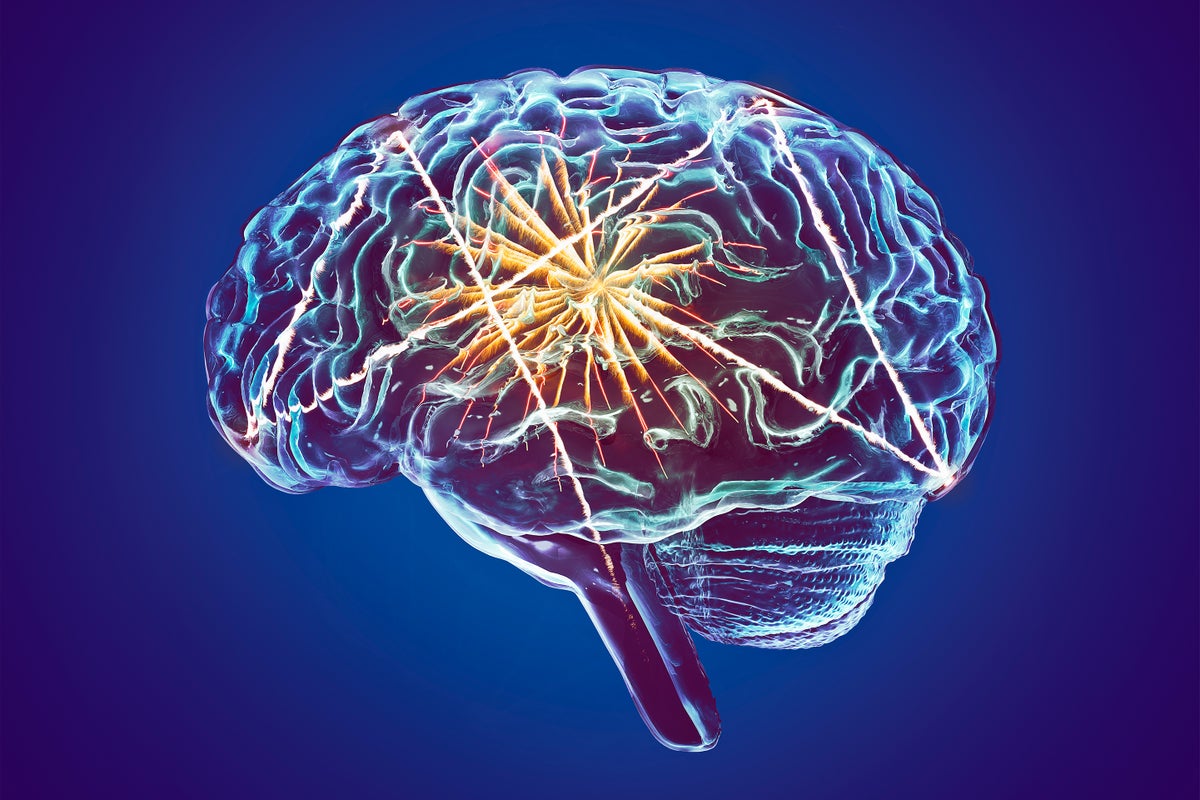Get the latest tech news
How Typing Transformed Nietzsche's Consciousness
The Malling-Hansen writing ball, with its potential and limitations, redefined Nietzsche’s philosophical and creative expression.
Nietzsche was also thought to have serious misgivings about the sustainability of Christianity in the context of Enlightenment and industrialization, culminating in his provocative declaration, “God is dead,” in his 1882 book, “The Gay Science.” Nevertheless, his reputation survived and recovered from its incorporation into Nazidom, and today his influence, or at least readership, is widespread. As Kittler saw it, a celebrated Nietzschean style comprising sustained reflection, long sentences, and complex reasoning had changed “from arguments to aphorisms, from thoughts to puns, from rhetoric to telegram style.” Nietzsche was an early adopter of the technology. Genealogy, in other words, prefaced the technological evolution of machine memory in computing, which was being played out in nascent form in the action of Nietzsche tapping out his philosophy through a fixed array of letter keys.
Or read this on Hacker News
